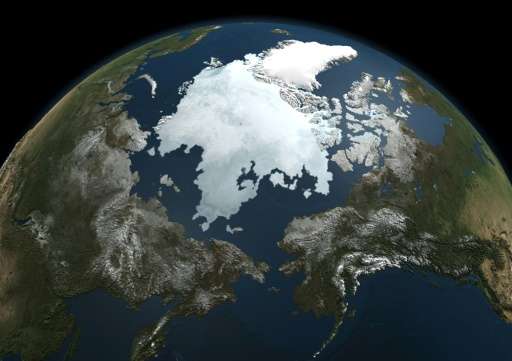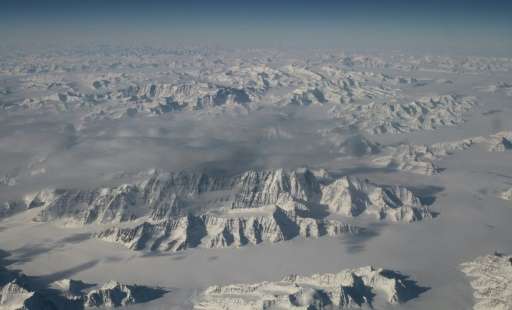Climate report says 2016 on pace to be hottest year yet

A monthly global climate report by US government scientists Monday offered more evidence that 2016 is likely to be the warmest year in modern times, as sea ice at both poles hit record lows.
Climate scientists say the continued burning of fossil fuels is spewing greenhouse gasses that trap heat in the atmosphere, making the planet warm up.
In addition, a strong El Nino trend in the first half of the year warmed the equatorial Pacific Ocean and exacerbated the heating.
Taken alone, last month marked the fifth warmest November since records began in 1880, said the report by National Oceanic and Atmospheric Administration.
But the average of the first 11 months of the year remained unusually high.
"The year-to-date temperature across global land and ocean surfaces was 1.69 Fahrenheit (0.94 Celsius) above the 20th century average of 57.2 F," said the NOAA report.
"This was the highest for January–November in the 1880–2016 record, surpassing the previous record set in 2015 by 0.13 F."
Even without the final data from December, the report said 2016 is "on pace to be record warm."
That heat has contributed to sea ice in the Arctic shrinking to its smallest extent for November since records began in 1979.
"The average Arctic sea ice extent for November 2016 was 750,000 square miles (1.9 million square kilometers) below the 1981-2010 average," according to the report which cited the National Snow and Ice Data Center.

The difference is 17.7 percent below the average for that 30-year timespan.
"Sea ice growth was abnormally slow during the first and third weeks of November," it added.
At the other end of the globe, Antarctic sea ice for November was 700,000 square miles (11.1 percent) below the 1981-2010 average.
"This was the smallest Antarctic sea ice extent on record for November," said the report.
The last three years have been unusually warm, with 2015 currently holding the title as hottest in modern times.
© 2016 AFP

















